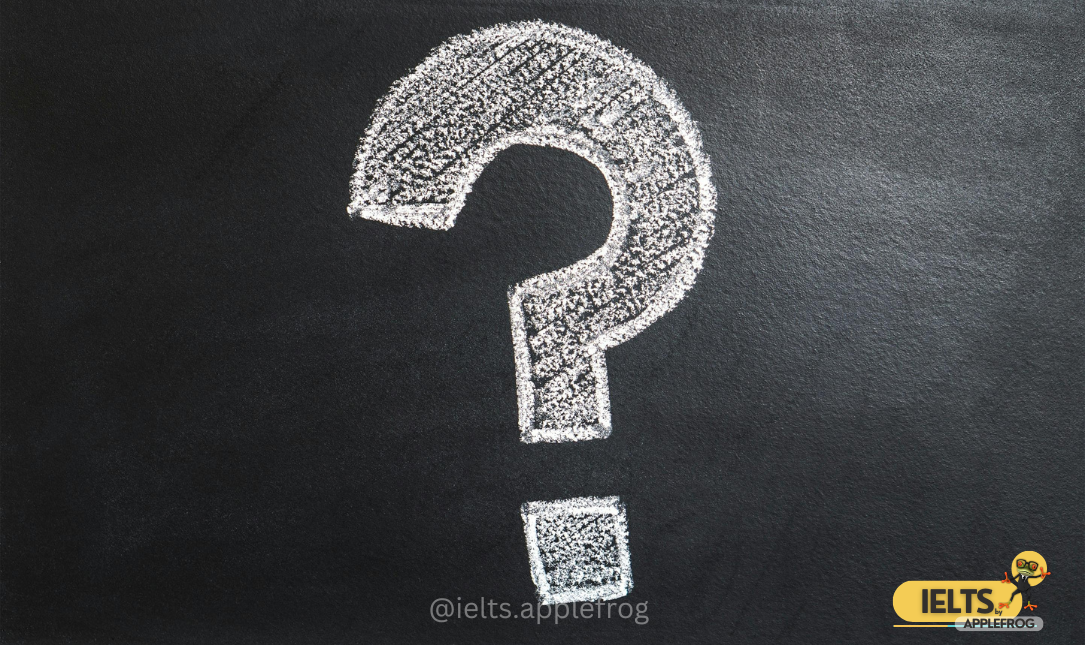
Continuous Tense
In English grammar, continuous tenses are used to describe actions, events, or states that are ongoing or in progress. They indicate that something is happening at a specific time in the present, past, or future.
Types of Continuous Tenses
Let’s explore the three types of continuous tenses:
1. Present Continuous Tense
-
Formation: Subject + “be” verb (am/are/is) + present participle (-ing form).
Example: “She is studying for her exam right now.” -
Usage: Describes actions happening now or around the current time.
Examples:- “They are playing basketball in the park.”
- “We are having dinner at a restaurant tonight.”
2. Past Continuous Tense
-
Formation: Subject + “be” verb (was/were) + present participle (-ing form).
Example: “I was reading a book when the phone rang.” -
Usage: Describes actions in progress at a specific time in the past.
Examples:- “They were watching a movie at the theater yesterday.”
- “She was cooking dinner while he was setting the table.”
3. Future Continuous Tense
-
Formation: Subject + “will be” + present participle (-ing form).
Example: “We will be traveling to Paris next month.” -
Usage: Describes actions that will be ongoing at a specific time in the future.
Examples:- “They will be attending a conference tomorrow.”
- “He will be studying for his exam all day on Saturday.”
Points to Remember
- Focus on Continuity: Continuous tenses emphasize the ongoing nature of actions or events.
- Formation: They are formed using a “be” verb (am/are/is, was/were, will be) + present participle (-ing form).
- Time Frame: The tense used (present, past, or future) depends on the timing of the action.
-
Time Expressions: Continuous tenses often include words that specify duration or timing.
Examples:- “She is working on a project right now.”
- “I was writing my report at 8 PM yesterday.”
- “We will be studying for our exams this evening.”
Continuous tenses are your key to describing actions in progress at any moment!
- Describe Ongoing Activities: Perfect for discussing what’s happening at a particular time.
- Highlight Temporary Situations: Useful for describing short-term actions or events.
- Convey Progress: Helps in expressing actions that are unfolding over time.
By mastering continuous tenses, you can effectively describe actions in progress at any point in time—whether in the present, past, or future. Use these tenses to add clarity and depth to your conversations and writing!
RELATED POST












 Here can be your custom HTML or Shortcode
Here can be your custom HTML or Shortcode
0 Comments